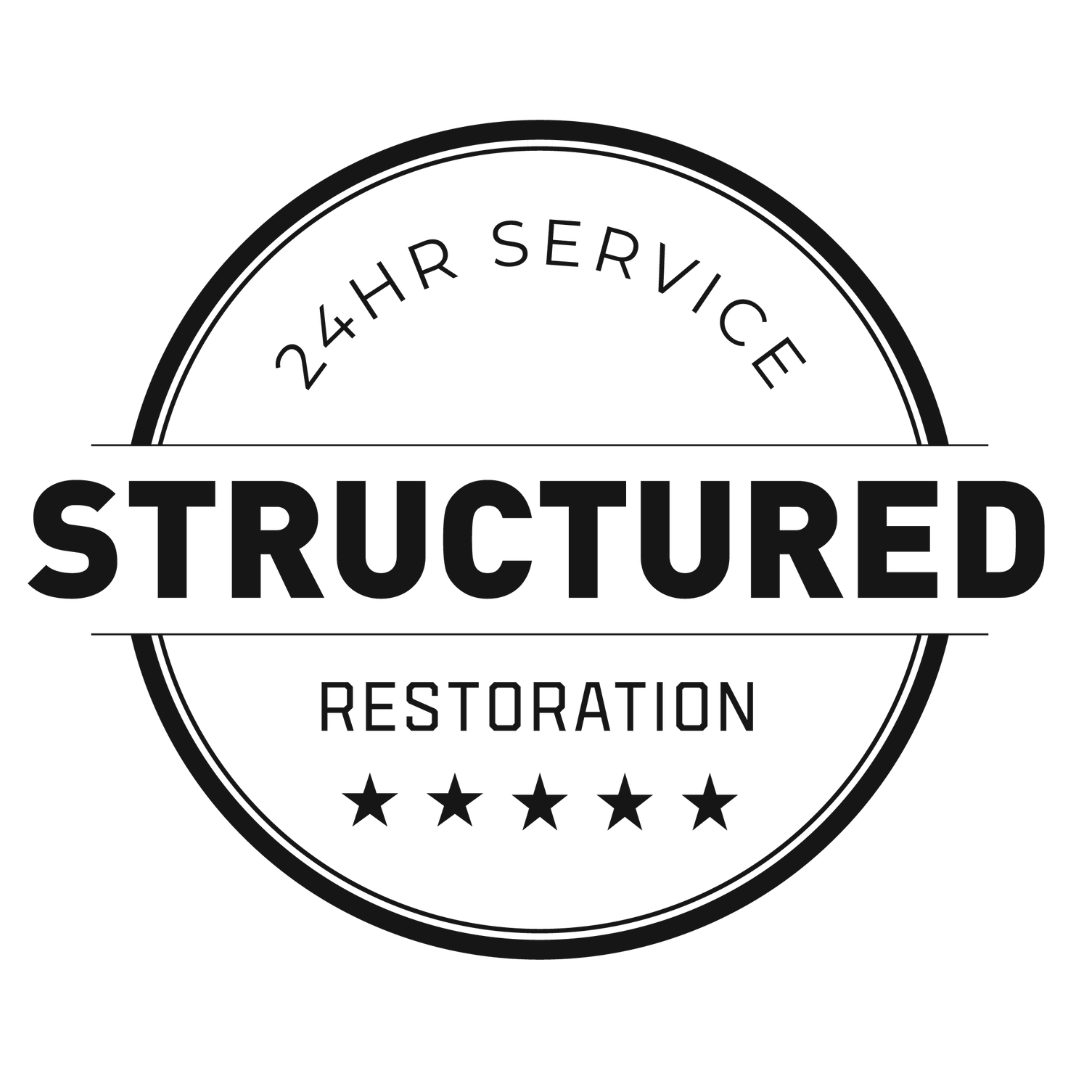When winter strikes, many homeowners face the common issue of frozen pipes. However, leaky pipes can also cause significant damage at any time of the year. Understanding these plumbing problems and how to address them can save you from costly repairs and health risks.
What Causes Frozen Pipes?
Frozen pipes occur when the temperature of the water inside your pipes drops below freezing. This often happens in unheated areas of your home, such as attics, basements, or exterior walls. Here are some key factors that can lead to frozen pipes:
- Low Temperatures: Prolonged exposure to cold weather can freeze the water inside your pipes.
- Poor Insulation: Pipes that are not insulated properly are more susceptible to freezing.
- Inadequate Heating: Keeping your home at a consistent temperature during winter is essential to prevent pipes from freezing.
How to Prevent Frozen Pipes
Preventing frozen pipes is much easier than dealing with the aftermath of a burst pipe. Here are some effective strategies:
- Insulate Pipes: Use foam insulation sleeves or pipe insulation tape to cover pipes in unheated areas.
- Keep the Heat On: Even if you leave home for an extended period, set your thermostat to a minimum of 55°F.
- Let Faucets Drip: Allowing a small trickle of water to flow can relieve pressure in the pipes and prevent freezing.
- Seal Cracks and Openings: Inspect your home for cracks in walls, windows, and doors that may allow cold air to enter.
Recognizing Leaky Pipes
While frozen pipes are a winter-specific issue, leaky pipes can occur year-round and can lead to severe water damage and mold growth. Signs of leaky pipes include:
- Water Stains: Look for discoloration on walls or ceilings.
- Increased Water Bills: A sudden spike in your water bill may indicate a hidden leak.
- Mold or Mildew Growth: Unexplained mold can be a sign of water leaking from pipes.
- Wet Spots: Damp areas on floors or walls may indicate a leaky pipe.
What to Do if You Have a Leaky Pipe
If you suspect you have a leaky pipe, it’s crucial to address it immediately to minimize damage:
- Shut Off the Water Supply: Locate the main shut-off valve and turn off the water to prevent further leakage.
- Identify the Source: Look for visible signs of water or listen for dripping sounds to find the leak.
- Temporary Fixes: Use plumber’s tape or a rubber patch to temporarily seal minor leaks until a professional can assess the situation.
- Call a Professional: A licensed plumber can provide a thorough inspection and necessary repairs to resolve the issue properly.
The Dangers of Ignoring Frozen or Leaky Pipes
Ignoring issues with frozen pipes or leaky pipes can lead to:
- Burst Pipes: Frozen pipes can burst, causing significant water damage and costly repairs.
- Mold Growth: Leaks can create a moist environment, leading to mold and mildew.
- Structural Damage: Prolonged leaks can weaken your home’s structure and lead to expensive repairs.
Conclusion
Understanding the challenges posed by frozen pipes and leaky pipes is essential for homeowners. By taking proactive measures, such as proper insulation and timely repairs, you can prevent these issues and protect your home from extensive water damage.
If you’re dealing with frozen or leaky pipes, don’t hesitate to reach out to a professional water damage restoration company. They can assess the situation and provide expert solutions to keep your home safe and dry.
